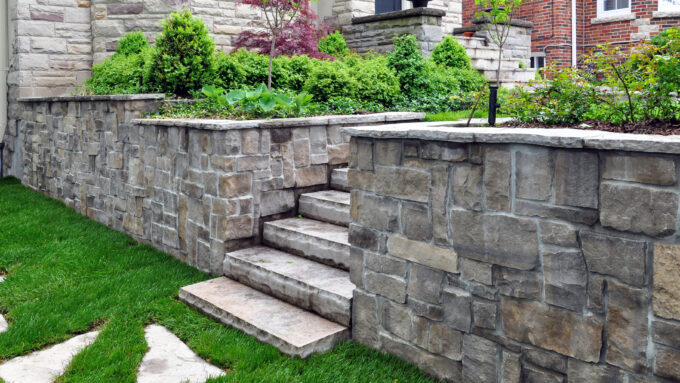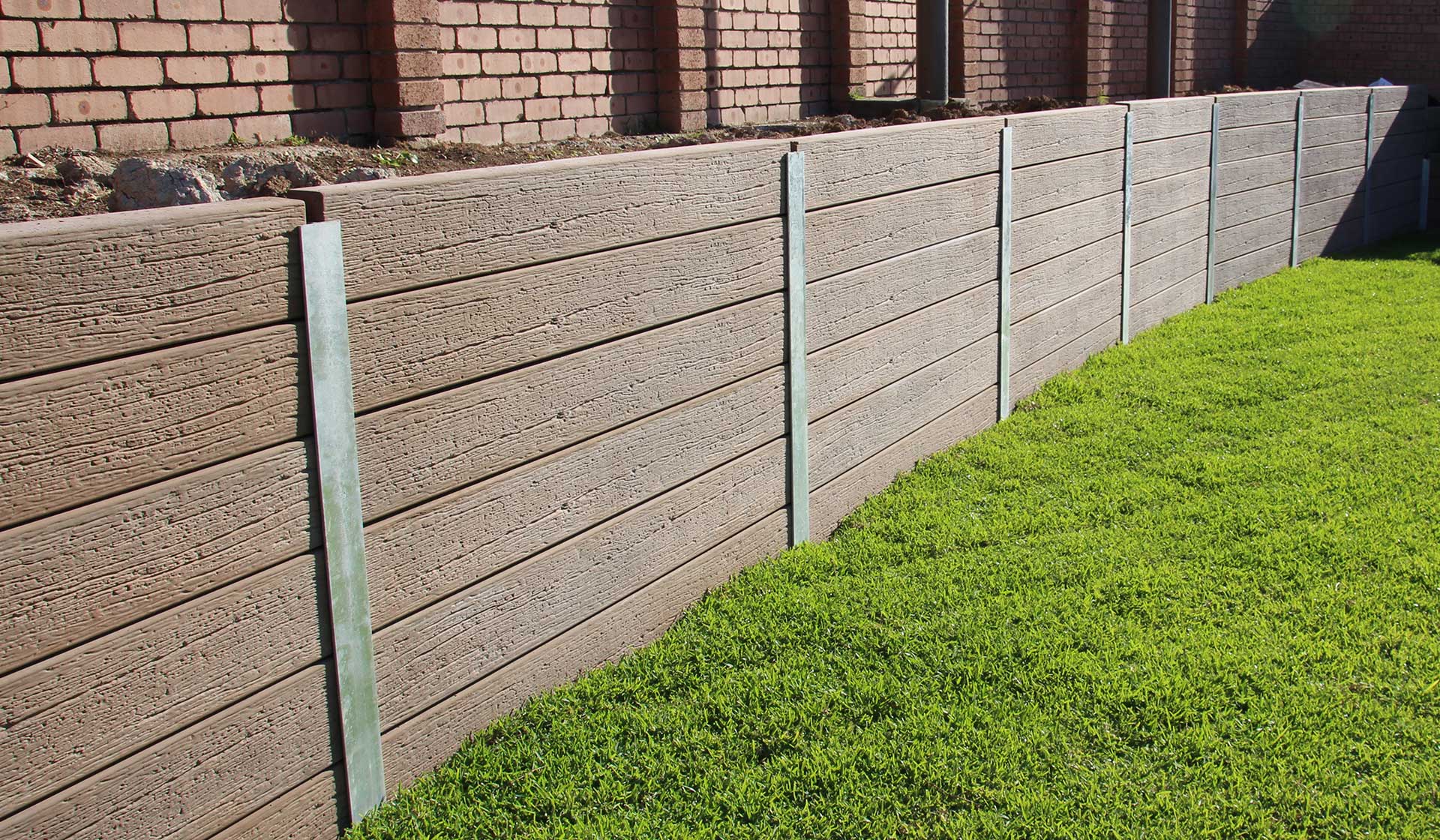Choosing the Right Products for Retaining Walls Sunshine Coast Projects
Choosing the Right Products for Retaining Walls Sunshine Coast Projects
Blog Article
Enhancing Property Security: The Role of Retaining Walls in Dirt Retention and Disintegration Control
Keeping walls stand as quiet guardians, playing a vital function in soil retention and disintegration control. By discovering the nuances of various types, layout factors to consider, construction methods, and maintenance pointers associated with maintaining walls, a much deeper understanding of their essential duty in improving residential or commercial property stability arises.
Relevance of Retaining Walls in Stability
The value of preserving walls in making sure stability within landscapes can not be overemphasized. Keeping wall surfaces play a vital duty in holding back soil, avoiding disintegration, and producing level surface areas in sloped locations. By supplying architectural support, preserving walls help to redistribute side pressure triggered by soil, preventing landslides and slippage. In enhancement to improving the aesthetic appeal of a residential or commercial property, maintaining wall surfaces add to the total safety and functionality of outdoor areas.
Retaining walls are specifically essential in uneven or uneven surfaces where soil erosion is a common event. Without ample assistance, soil disintegration can result in the deterioration of landscapes, compromising the stability of frameworks and posturing dangers to occupants. Retaining wall surfaces serve as barriers, supporting the soil and avoiding it from shifting downhill during heavy rainfall or various other environmental stress factors.
Furthermore, preserving walls use long-term advantages by reducing maintenance costs related to dirt erosion and land instability. By investing in well-designed keeping walls, homeowner can guarantee the long life and sustainability of their landscapes while advertising a secure and visually appealing setting.

Sorts Of Retaining Walls for Disintegration Control
Gravity retaining wall surfaces are strong structures that rely on their weight to stand up to the pressure of the dirt behind them. Cantilever preserving wall surfaces, on the other hand, are made with a thicker base and make use of a lever arm to stand up to the soil pressure.
For taller walls or where space is a restriction, anchored preserving wall surfaces are usually used. These wall surfaces utilize cords or strips that are anchored into the dirt or rock behind the wall to give added assistance. Another kind, the sheet stack preserving wall surface, is optimal for areas with soft dirt. Retaining Walls Sunshine Coast. These walls consist of interlacing sheets that are driven into the ground to produce an obstacle against soil disintegration. When selecting the proper kind of keeping wall surface for erosion control, aspects such as dirt composition, wall elevation, and site conditions must be meticulously considered to guarantee durable stability and effectiveness.
Design Factors To Consider for Soil Retention
The elevation and area of the preserving wall surface are important factors that affect the total design. Designers have to additionally consider the stress applied by the kept dirt and possible lateral loads to ensure the framework's security over time.
Additionally, the product selection for the retaining wall is crucial in enhancing long life and performance. Concrete, timber, gabion baskets, and natural rock are usual materials utilized in retaining wall surface construction, each with its special benefits and considerations. Proper drain mechanisms, such as weep openings and French drains, ought to be incorporated right into the style to avoid water build-up behind the wall surface, which can cause structural failing and erosion.
Building Methods for Retaining Walls
When implementing design factors to consider for efficient soil retention, the building techniques for retaining wall surfaces play a critical duty in guaranteeing architectural integrity and long-lasting stability. One common strategy is the gravity wall, which relies on the weight and mass of the wall itself to their website resist the stress of the retained soil.
An additional widely made use of building and construction strategy is the cantilevered wall, which makes use of a concrete piece structure that expands in reverse right into the preserved dirt. This design provides added security and is ideal for medium to high keeping walls. For taller structures, reinforced dirt techniques such as making use of geogrids or soil nails can be used to boost the wall surface's strength and security.

Maintenance Tips for Residential Or Commercial Property Stability
To ensure long-term building stability, regular upkeep practices are important for preserving the integrity of avoiding and preserving walls erosion problems. Cleaning the surface area of the preserving wall surfaces can likewise assist preserve their architectural stability by eliminating dirt, particles, and greenery that might weaken the wall over time.
Along with aesthetic examinations and cleaning, it is very important to check the water drainage systems linked with the preserving walls. Ensuring that drains pipes are free from blockages and functioning correctly can prevent water accumulation important site behind the walls, which can result in stress and possible failing. Effectively functioning drainage systems are important for handling water circulation and reducing the threat of disintegration.
Frequently maintaining and monitoring maintaining walls according to these ideas can extend their life expectancy and add to the overall security of the property.
Conclusion
In verdict, keeping walls play a crucial duty in improving property stability by protecting against dirt disintegration and preserving dirt in location. Normal upkeep of preserving wall surfaces is crucial to make certain long-term stability and defense against erosion.
For taller walls or where space is a restraint, secured maintaining walls are frequently employed. These wall surfaces use wires or strips that are secured into the dirt or rock behind the wall surface to supply extra assistance. When choosing the ideal kind of maintaining wall for disintegration control, elements such as soil make-up, wall height, browse around here and website problems have to be thoroughly taken into consideration to make sure durable stability and efficiency.
One usual strategy is the gravity wall surface, which counts on the weight and mass of the wall surface itself to resist the stress of the preserved dirt. Cleaning the surface area of the keeping wall surfaces can also assist keep their structural stability by eliminating dust, debris, and vegetation that could weaken the wall surface over time.
Report this page